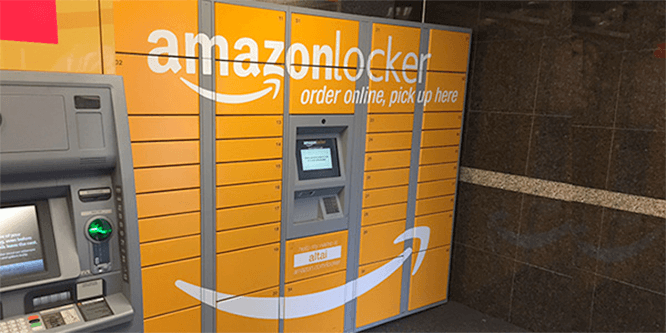
Photo: RetailWire
Amazon.com is paying select Prime members $10 to pick up their online purchases rather than get home delivery. The online giant claims it’s a marketing rather than a cost-saving move.
Customers receive the $10 credit if they opt to retrieve an order of $25 or more at pickup points such as Whole Foods, Amazon Fresh, Kohl’s or an Amazon Locker location, according to Reuters.
Amazon said the $10 Amazon pickup promotion had been used before and is designed to bring awareness to the pickup option. It applies to Amazon Prime members who have never used Amazon Pickup or have not used that service in the last 12 months.
“We offer customers a variety of ways to get their packages, inclusive of delivery and pickup options,” Amazon said in a statement to PC Magazine. “The $10 Amazon Pickup promotion isn’t new, it’s a long-running program as a benefit to customers who want to try a convenient and secure offering to pick up their packages.”
Reports from Reuters, Business Insider and elsewhere still assumed reducing delivery costs was a significant factor in the promotion.
Amazon has undergone extensive layoffs and taken other steps since last fall to bolster profitability. It is also reportedly working on using its delivery trucks’ cargo capacity more effectively.
Amazon began charging delivery fees for Fresh grocery orders under $150 In March of this year. It reportedly began charging a $1 fee in April when customers drop off product returns at a UPS location instead of a more nearby Amazon Fresh, Kohl’s or Whole Foods location. Amazon raised the price of Prime membership from $119 to $139 last year.
Offering in-store pickup, however, also has costs attached and may not be less expensive than home delivery. An often-quoted study from Capgemini from 2018 found the cost incurred per customer order was $10.10 for delivery versus $4.90 for click-and-collect. After recouping fees from customers, however, the cost for online delivery narrowed to $2.02 for delivery versus $3.14 for pickup.


Leave a Reply
You must be logged in to post a comment.